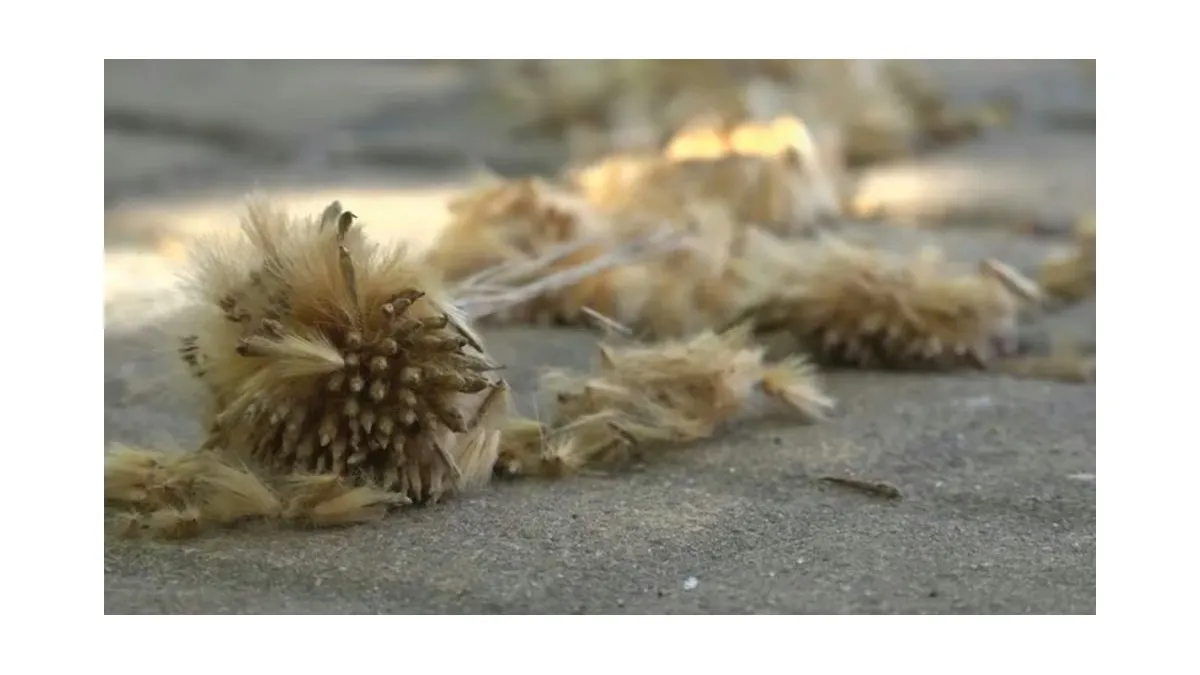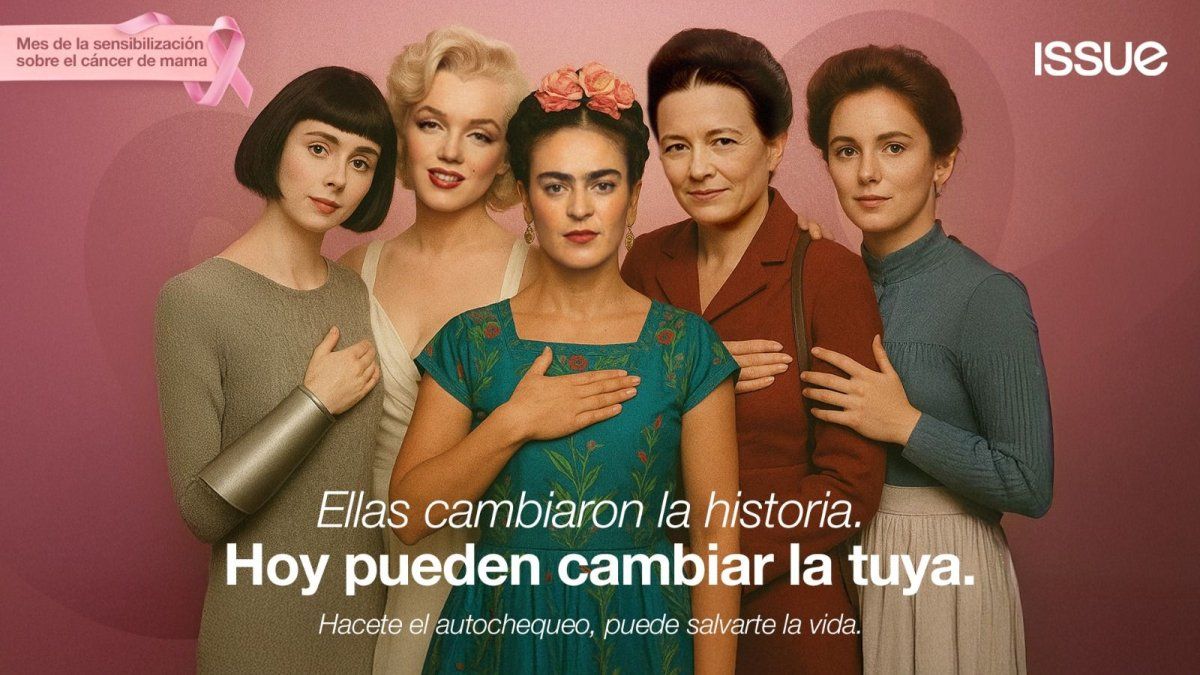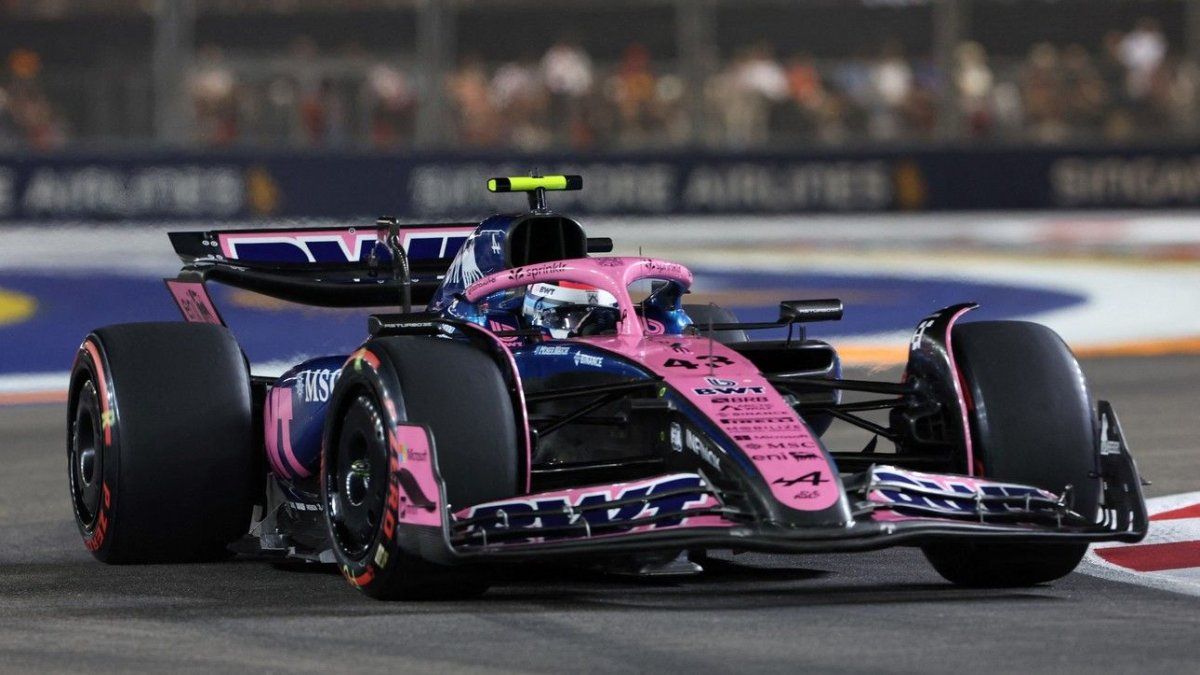Created in the “old school” style but with a new twist, the alien species of Alien: Romulus They are in line with the vintage, textured futuristic look that its director went for. Fede Alvarez for the entire movie. The arrival of the film Disney+ It is a good excuse to know a little about the behind-the-scenes of the film.
With the approval of Ridley Scott -executive producer of the film and director of Alien 1979- Álvarez decided to go back to basics when shooting the film. “I knew I wanted to take this chapter back to the beginning, not only in terms of story, but also in terms of visual style,” he explains in a statement. This included the use of visual effects techniques that had not been used in decades.
Along these lines, the creatures that are part of the story are a mix of prosthetics and animatronic figures controlled by teams of puppeteersallowing the film to feel realistic.
To create them, the director recruited some of the most outstanding minds in visual effects who are part of three renowned studios: Legacy Effects, responsible for the effects of Avatar: The Way of Water; Wēt Workshop, creator of the effects of Black Panther: Wakanda Forever; and Studio Gillis, whose previous works include Aliens and Predator: the prey.
Focused on creating different species within the story, designers from the various studios joined forces with Álvarez to bring his vision of classic manual special effects to life.
The Xenomorph
The Xenomorph is the iconic antagonist creature of the Alien franchise.and in the new film she is present with all the features that characterize her, from her skeletal humanoid shape and her elongated head to her concentrated acidic blood and her ability to survive in any atmosphere.
A team of 80 Legacy Effects artists created four fully functional Xenomorphs for the moviewith features that allowed the cast to interact with them on set. “Fede wanted the surfaces to be very rough and sharp. I wanted it to feel like shark skin; If you touched it, you would cut yourself,” exemplifies Shane Mahan, supervisor of the study.
The main character of the Xenomorph is a full-size, fully robotic animatronic figureabout 2.5 meters high and very thin. There is also a lighter animatronic rod puppet, of the same size, that is operated by a single puppeteer for faster, more dynamic movements. The other two Xenomorphs are animatronic heads attached to a stuntman’s suit.
Most sequences featuring this species are hybrid, consisting of four components: animatronics, costume, bunraku (Japanese-style puppetry), and computer-generated imagery. Together, the four techniques give it a modern and retro imprint at the same time, fulfilling Álvarez’s vision.
The Facehugger
Another of the emblematic creatures of the saga is the Facehugger, a spider-like parasitoid with no eyes, bony fingers, and a tubular tongue that enters its human host through the mouth and implants a seed that amalgamates with the victim’s DNA and grows rapidly.
In the new film, it comes to life in the hands of talents from the Wēt Workshop studio. The team developed 12 versions of Facehugger, some completely animatronic that can open doors and whose arms, beak and joints were controlled by joystick; others only move a little; some are mounted on moving vehicles and some are remote controlled and run on the ground with their paws.
image.png
The Chestbuster
Finally, the Alien: Romulus universe is completed with the Chestburster, protagonist of one of the most iconic Alien scenes. It is a larva-like alien species that is implanted into its host’s chest cavity by a Facehugger. When it matures, it leaves the host’s chest.
To incorporate it into the new film, Álvarez brought in Alec Gillis, owner of Studio Gillis, who worked on Aliens, Alien 3 and Alien vs. Predator. The study was based firmly on the original version of the Chestburster. “I feel like the creature effects in Alien were so revolutionary and pioneering that there wasn’t much room for improvement. However, we made some technical updates, giving it a color-changing look and making it smaller,” he says.
Bonus fact: To create the iconic slime coating, the team used a starch product called methylcellulose, mixed with water. This became the basis for everything designers put into the aliens to make them look shiny and wet, with the desired viscosity.
Alien: Romulus is available on Disney+.
Source: Ambito
I am an author and journalist who has worked in the entertainment industry for over a decade. I currently work as a news editor at a major news website, and my focus is on covering the latest trends in entertainment. I also write occasional pieces for other outlets, and have authored two books about the entertainment industry.




